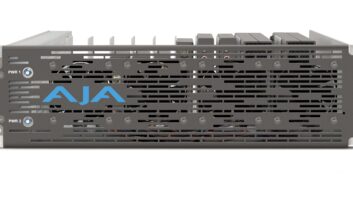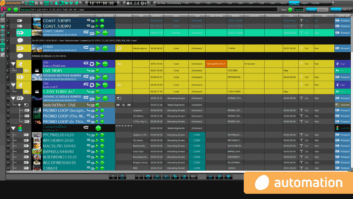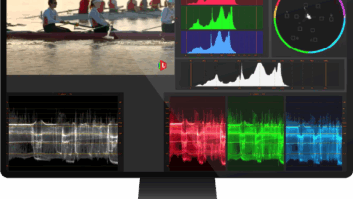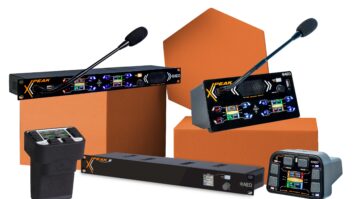Rick Clucas, head of innovation at V-Nova, discusses the company’s technology development and how they’re seeing a trend to bring content generation to the cloud.
What impact has the pandemic and its continuing aftereffects had on the company’s approach to R&D and product development?
The pandemic taught us the importance of face-to-face interaction in the R&D and product development teams. V-Nova was already working in a somewhat hybrid mode and handled the Covid confinement very well, with informal interactions within the team and with other engineers to bounce ideas, discuss problems and just get ideas from unrelated conversations is yet unbeaten by conference calls.
We are currently using a hybrid working model of office and home days and still have to consider colleagues who are based abroad including the US, Italy, India and Australia.
What are the biggest challenges you are facing in R&D and product development/deployment in the current landscape?
As a fast-growing company, V-Nova’s biggest non-technical challenge is the amount of time it takes to find the right people. For us, in innovation, filtering through large numbers of CVs and interviewing lots of candidates to find the right technical team that fits with the company culture takes a lot of time from many people, and it’s also keeping them from doing engineering! We are committed to improving our selection and interview processes, so we ensure that engineers are actually doing engineering jobs.
Where do you see the most opportune areas for innovation in your area of the market, and what tech/solutions will drive that development?
The idea of MPEG-5 LCEVC to be Low Complexity so that it can be implemented on existing systems is a massive innovation in the whole Video codec landscape. We are working hard with many partners on encoders and decoders to bring the many benefits of LCEVC, including both bitrate and encoding time reduction, leading to significant cost savings and customer experience improvements to the market much sooner than other new codecs can do.
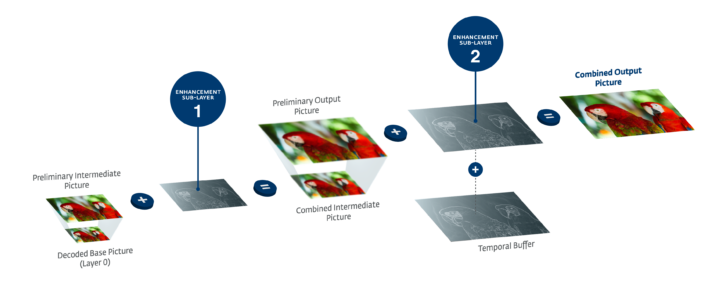
We’re also seeing a trend to bring content generation to the cloud, from gaming to fully immersive 6 DoF environments. And we developing technologies, such as SMPTE VC-6 and V-Nova Point Cloud Compression (PCC), to enable the most photorealistic immersive experience in these nascent 3D environments.
What are you working on currently that excites you as a product team, and what can we expect to see at IBC 2023?
We are currently working on implementing low-level LCEVC device drivers with a number of Set Top Box and TV SoC vendors. This is very exciting as it will allow their current SoCs to be able to decode LCEVC enabling deployment on ‘Big TVs’ next year, while we wait the three years necessary to have support in hardware. We will be showing some of these at IBC 2023, including demos of the SBTVD TV 3.0 specification of LCEVC + VVC.
